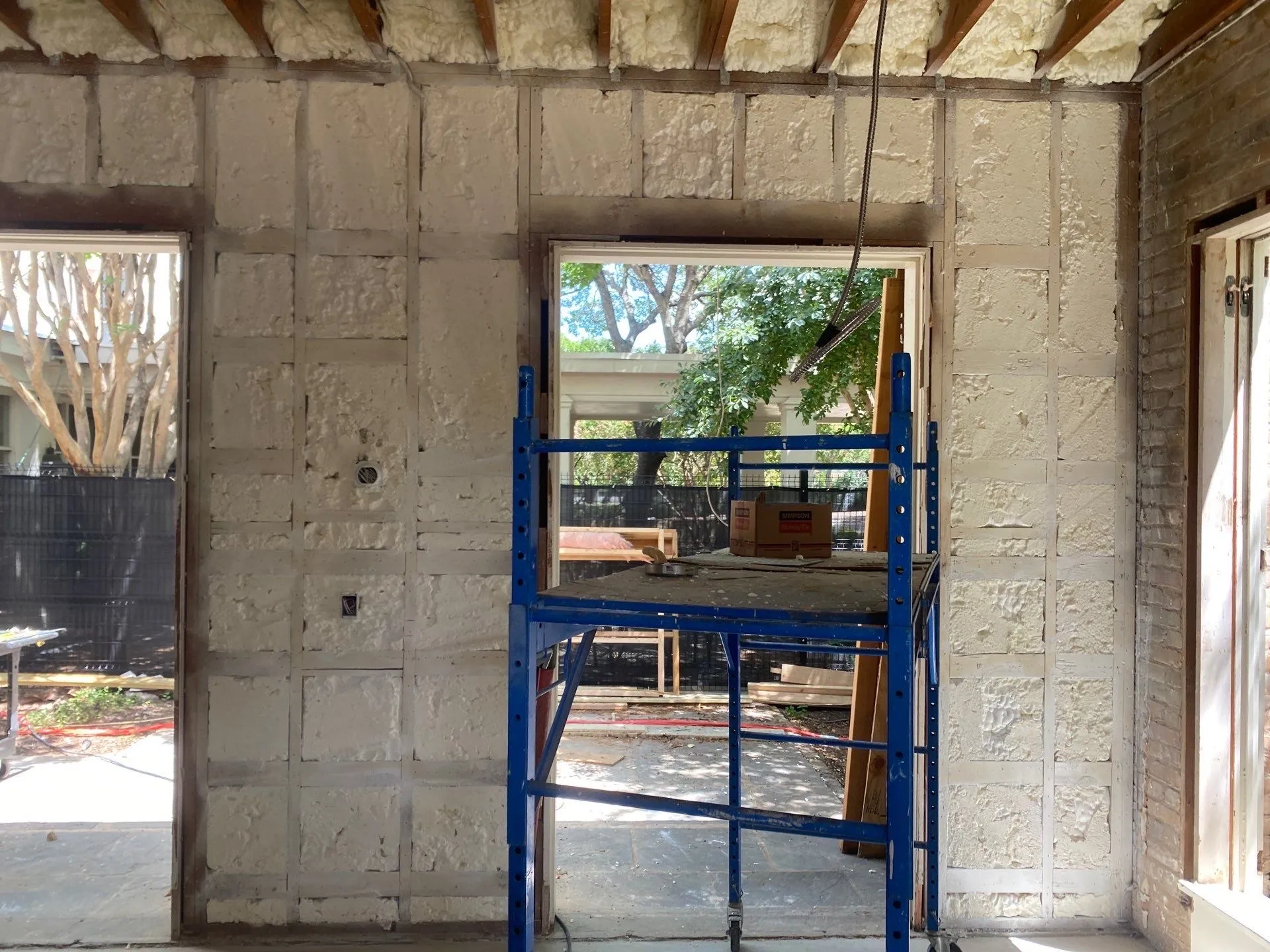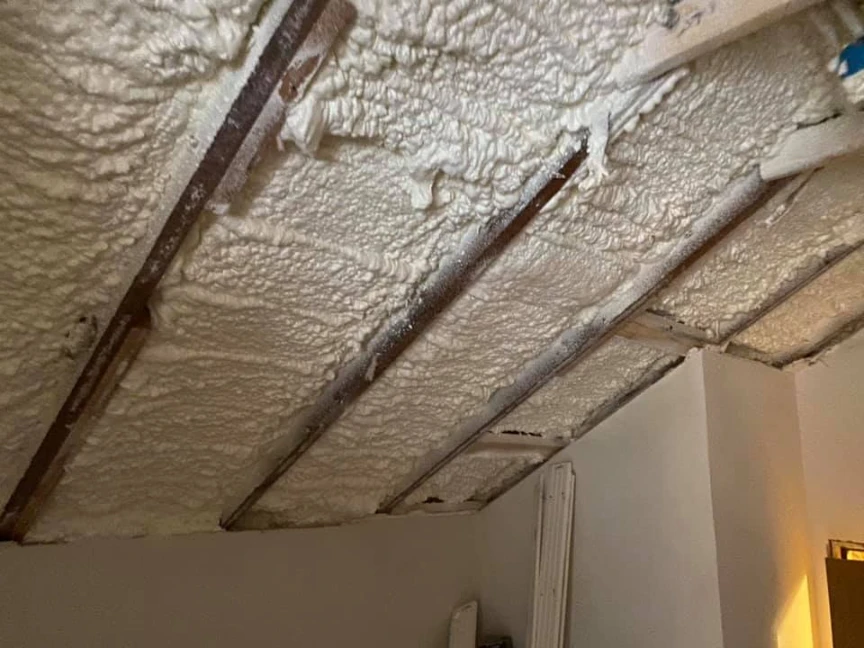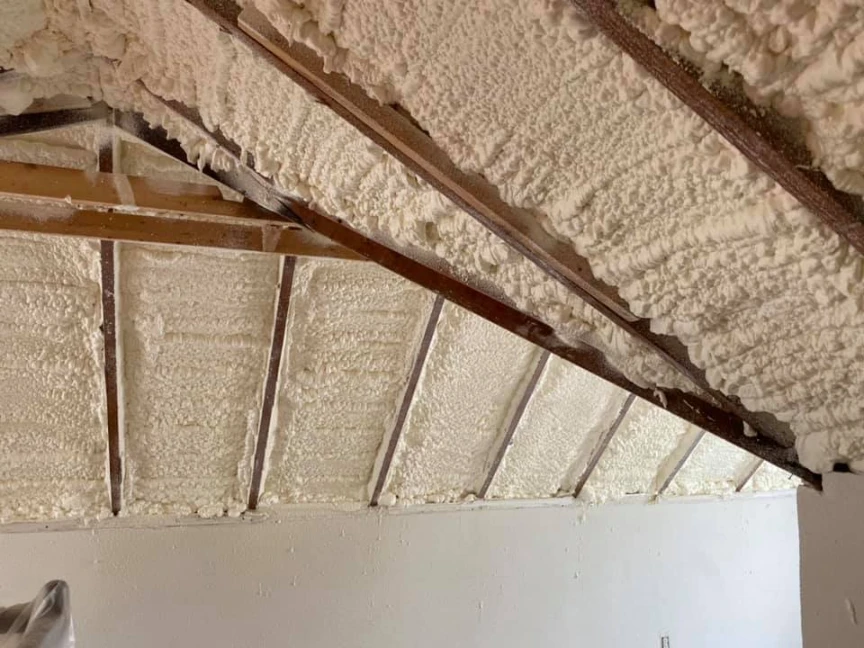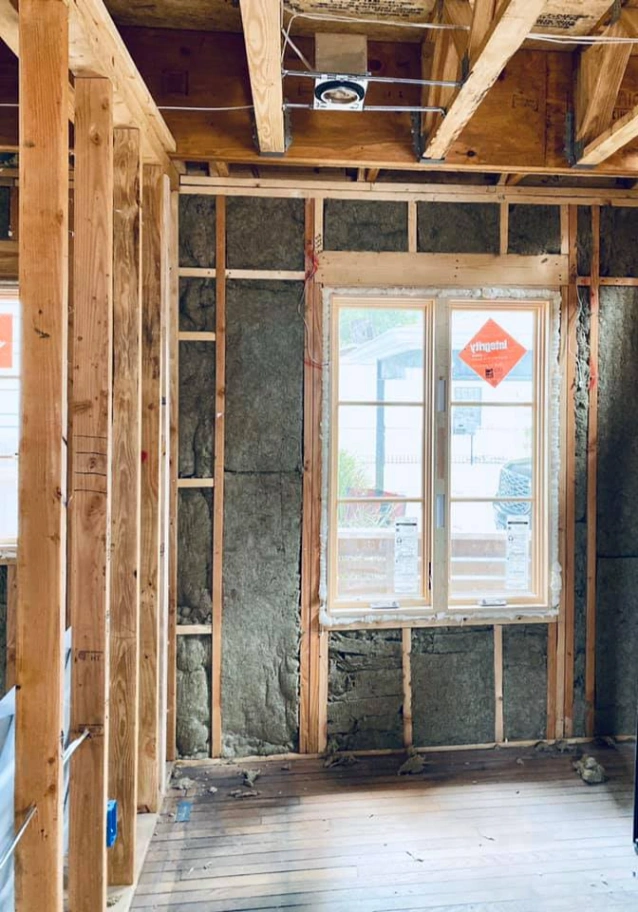Spray foam insulation stands out from traditional options like fiberglass batts or cellulose due to three key factors: its high thermal efficiency, ability to seal air leaks completely, and long-term durability in various conditions. These elements work together to create a more effective barrier against heat, cold, and moisture. Homeowners often notice lower energy bills and fewer drafts after installation.
This article breaks down each factor with practical details and data drawn from years of hands-on work with insulation projects in diverse climates, particularly in hot, humid areas like Texas, where controlling indoor temperatures presents unique challenges.
High Thermal Efficiency
Spray foam offers superior R-value, a measure of resistance to heat flow, compared to traditional materials. Closed-cell spray foam, for instance, achieves an R-value of about 6.5 per inch, while fiberglass typically reaches only 3.1 to 4.3 per inch. This means less material is needed for the same level of insulation, saving space in walls and attics.
In practice, this efficiency translates to better temperature control. During a recent project in Austin, spray foam kept indoor temperatures stable even when outside hit 100 degrees Fahrenheit. Traditional insulation often falls short in extreme heat because it compresses over time or settles, reducing its effectiveness.
Market data supports these observations. The U.S. Department of Energy reports that proper insulation can reduce heating and cooling costs by up to 30%. As illustrated in the cross-section below, U.S. Department of Energy notes spray foam’s role in achieving this in tight spaces.
Bonus Tip
Test current energy use before insulating. Track bills over a few months to set a baseline, then compare after installation to see real savings.
Complete Air Sealing
Unlike traditional insulation solution, which mainly fills cavities but leaves gaps, spray foam expands to seal every crack and crevice. This airtight barrier prevents conditioned air from escaping and outside air from infiltrating, a common issue with batt insulation where edges often pull away from framing.
Air leaks account for 25% to 40% of a home’s energy loss, according to the Building Science Corporation. Spray foam addresses this directly by adhering to surfaces and creating a continuous envelope. In humid climates, this seal also blocks moisture-laden air, reducing mold risks that plague older fiberglass setups.
Field experience shows that homes with spray foam require less HVAC maintenance. Ducts stay efficient longer because the foam minimizes condensation buildup around them.
Long-Term Durability
Spray foam resists settling, sagging, or degradation that affects traditional materials over time. Fiberglass can absorb moisture and lose R-value, while cellulose might shift in attics. Closed-cell varieties, with their rigid structure, maintain performance for decades, even in flood-prone or high-humidity areas.
A study by the Oak Ridge National Laboratory tested spray foam in attics and found it retains over 95% of its R-value after 15 years. This stability cuts replacement costs and ensures consistent energy savings.
In Texas summers, where humidity swings cause expansion and contraction, spray foam holds up without cracking or peeling. Traditional options often need repairs after a few years.
Bonus Tip
Pair spray foam with proper ventilation to avoid trapping moisture. In attics, add ridge and soffit vents to let hot air escape while the foam seals the rest.
Comparison of Insulation Types
The table below outlines key differences based on standard performance metrics.
| Feature | Spray Foam (Closed-Cell) | Fiberglass Batts | Cellulose Loose-Fill |
|---|---|---|---|
| R-Value per Inch | 6.5 | 3.1-4.3 | 3.2-3.8 |
| Air Sealing Ability | Excellent (expands to fill) | Poor (gaps common) | Fair (settles slightly) |
| Moisture Resistance | High (water-resistant) | Low (absorbs water) | Moderate (can mold) |
| Installation Time | Quick (sprays in place) | Moderate (cutting needed) | Variable (blowing machine) |
| Lifespan | 25+ years | 10-20 years | 20+ years |
This comparison highlights why spray foam often outperforms others in real-world applications.
Market Trends in Insulation
Demand for spray foam grows steadily. The global insulation market reached $70 billion in 2022, with spray foam gaining share due to energy efficiency codes. Grand View Research projects a 5.5% annual growth rate through 2030, driven by residential retrofits in warmer regions.
In the U.S., about 20% of new homes use spray foam, up from 10% a decade ago, per the Spray Polyurethane Foam Alliance. This shift reflects builders’ focus on tighter building envelopes to meet stricter standards.
Things to Consider Before Making a Decision
Assess home age and structure first. Older homes with settling foundations might need reinforcements before insulation to avoid uneven application.
Check local climate data. In hot-dry areas like West Texas, prioritize vapor barriers; in coastal humid zones, focus on drainage around the foundation.
Review building codes. Some areas require certified installers for spray foam to ensure fire ratings and thickness meet standards.
Calculate potential ROI. Factor in upfront costs against 20-year energy savings using tools from the Department of Energy.
Evaluate environmental impact. Spray foam uses hydrocarbons, so compare carbon footprint with recycled cellulose options.
Bonus Tip
Get multiple bids but prioritize certified pros. Look for ICAA or SPFA credentials to confirm experience with your home type.
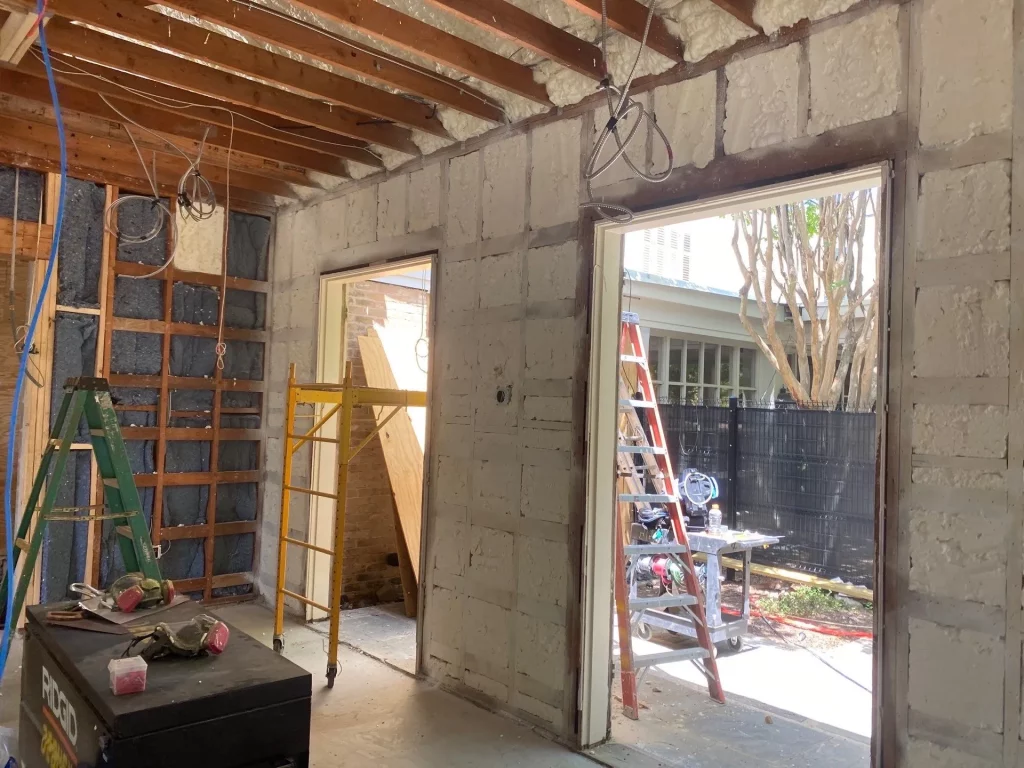
Common Questions
Are There Any Smells or Health Effects During Installation?
Spray foam cures quickly, with odors fading in a few hours. Choosing low-VOC products further minimizes irritation.
Is Spray Foam Insulation Worth the Cost?
Another concern involves cost. The initial expense is higher, but paybacks usually come in 3–5 years through reduced utility bills.
Which Type of Spray Foam Works Best in Attics?
For attics, it’s important to confirm whether open-cell or closed-cell foam is best. Open-cell suits milder climates but provides less moisture protection than closed-cell.
Key Takeaways
Spray foam excels in thermal efficiency, air sealing, and durability, making it a strong choice over traditional insulation. These factors lead to real energy savings and comfort gains, especially in demanding climates.
Readers should review their home’s specific needs, like size and location, and consult local experts to align choices with long-term goals.
Next Steps for Better Insulation
If you’re interested in exploring options, one reliable choice is to contact Stellrr at info@stellrr.com or (512) 710-2839 for a consultation on insulation. Stellrr provides assessments tailored to Texas homes, focusing on practical solutions that fit budgets and climates. Schedule a visit to discuss factors like air sealing and efficiency in detail. This step helps clarify how spray foam might suit individual setups without commitment. Stellrr draws on local experience to guide decisions effectively.
Frequently Asked Questions
Does spray foam work in all home types?
Yes, it adapts to walls, roofs, and crawlspaces. In slab-on-grade homes common in Texas, it seals under floors effectively against ground moisture.
How long does installation take?
A typical 2,000-square-foot home finishes in one to two days. Pros prepare surfaces first, then spray in sections to control expansion.
Is spray foam recyclable?
Not easily, but many products use recycled content. Disposal follows local hazardous waste rules due to chemical residues.
Can it reduce noise?
It dampens sound better than fiberglass by filling voids. Expect a 20-30% drop in outside noise transmission.
What if my home has existing insulation?
Removal isn’t always needed. Spray foam can overlay batts, but inspect for moisture first to prevent trapping issues.
Sources
- U.S. Department of Energy – Government resource on insulation types and energy savings, used for thermal efficiency data.
- Building Science Corporation – Expert guide on air leakage in buildings, cited for energy loss statistics.
- Oak Ridge National Laboratory – Research report on long-term performance of spray foam in attics.


